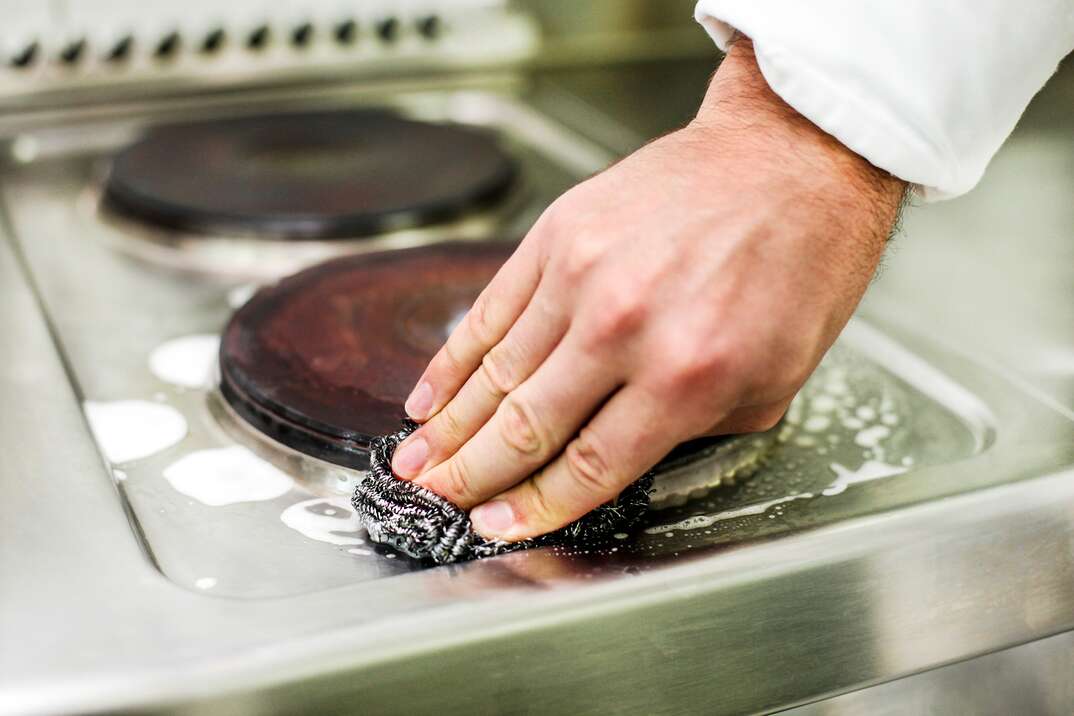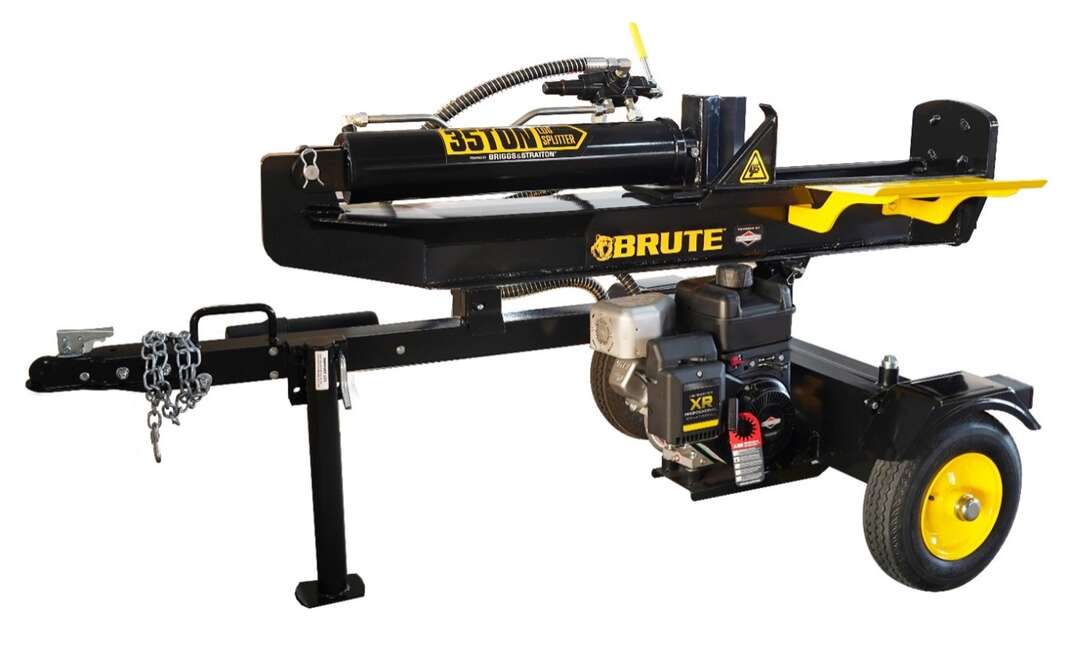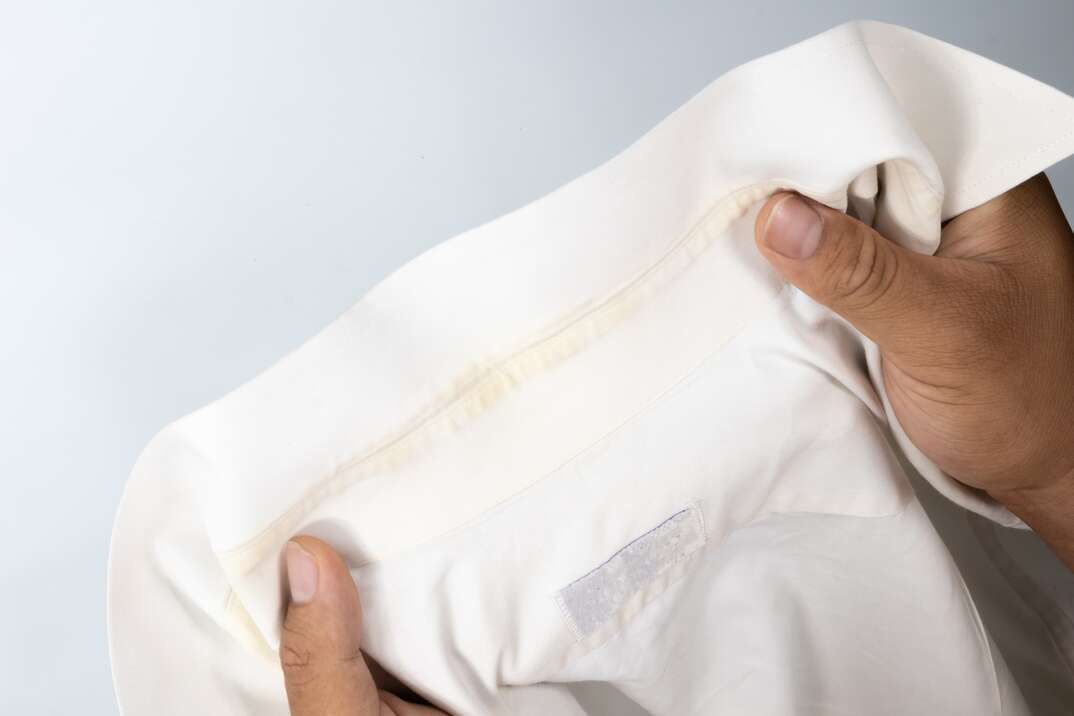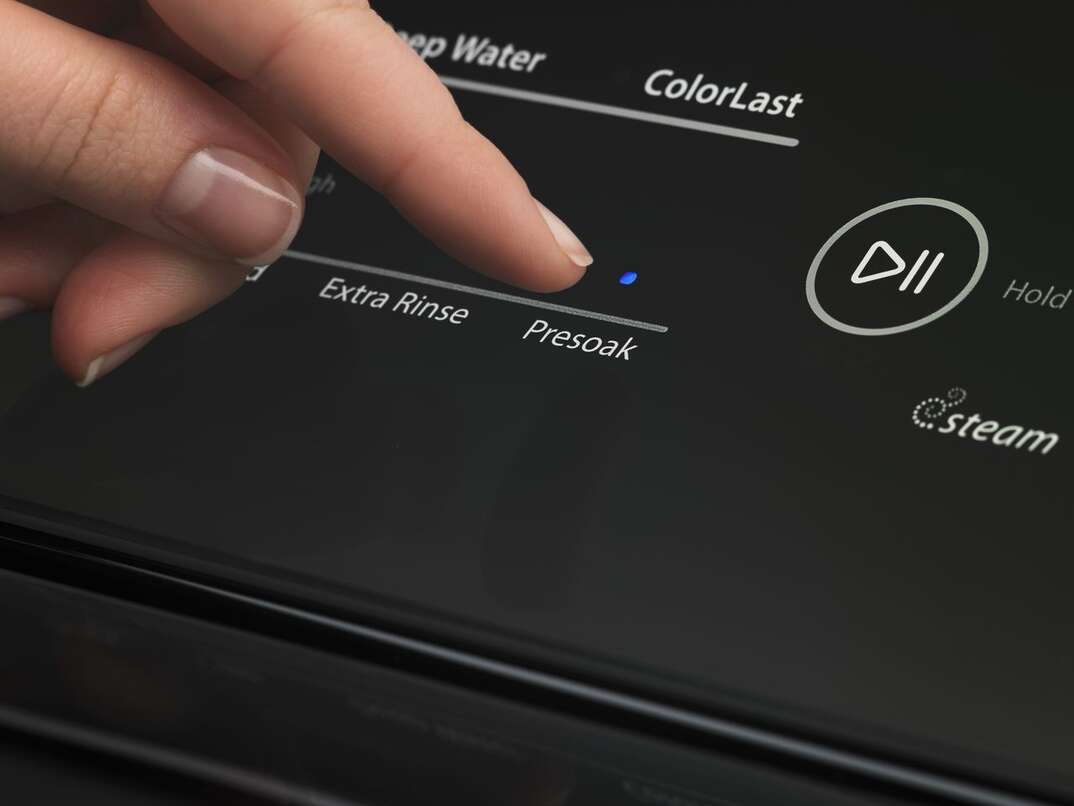Can You Use Steel Wool on Stainless Steel?

Stainless steel and steel wool are two powerhouses in the kitchen. Stainless steel offers a sleek look for appliances, and it forms a durable base for cookware that can handle whatever you dish out. Steel wool is nearly unmatched in its versatility, offering the ability to scour, sand, buff and polish surfaces and utensils.
This May Also Interest You: What Do You Do With an Old Appliance? How to Recycle Fridges, Washers, Ovens and More
But if these kitchen staples are so good, why is mixing them a recipe for disaster? To answer this question, we just have to look at the materials and their construction.
What Is Steel Wool?
Despite its name, steel wool is not made of wool or, potentially, even steel. Instead, the scouring pads can be made of a variety of metals, including steel wire, aluminum and stainless steel.
The metal is shaved into thin bits and fashioned into small wads ideal for cleaning and other household tasks.
Why Shouldn't You Use Steel Wool on Stainless Steel Appliances, Sinks or Cookware?
Powering through big messes can be easy when you use steel wool to tackle the grime. Unfortunately, the abrasive pads can scrape away more than stuck-on food, ruining the finish and durability of your stainless steel appliances and cookware.
Stainless steel is an alloy created by combining iron and chromium. The iron, which normally rusts easily, is protected from corrosion by a natural film produced by the chromium reacting to oxygen in the air.
A highly abrasive scrubber, such as steel wool, strips away this protective film, leaving it vulnerable to rust and tarnish. Often, the barrier can be reformed naturally through proper maintenance.
Maintaining stainless steel surfaces isn't difficult.
- When cooking, bring water to a boil before adding salt to prevent surface pitting.
- Swap oven cleaners for a cleaning agent designed for stainless steel, such as Bar Keeper's Friend.
- Turn off the heat and thoroughly cool cookware before cleaning.
- Avoid using metal whisks and utensils that can scratch the surface of stainless steel pans.
More Related Articles:
- Should You Buy a Used Appliance? Weigh the Risks and Rewards
- 7 Ways Your Kitchen Will Evolve in the Next 10 Years
- What’s the Difference Between a Warranty and a Protection Plan for Appliances?
- When’s the Last Time You Replaced Your Appliances’ Hoses? Here’s How to Change All of Them
- How to Find the Serial Number on Your Appliances and Gadgets
Tips for Safely Cleaning Stainless Steel
Maintaining the brilliant shine on your stainless-steel cookware and appliances is easy to accomplish, thanks to the alloy's inherent durability.
For most types of cookware needing a general scrub, warm water and dish soap will do the trick. After washing, thoroughly rinsing and drying the surface prevents water spots from forming and dulling the finish.
Stubborn messes, such as pots encrusted with burned or dried food bits, can be softened to make cleaning easier. One method is to mix a paste of baking soda and water to cover the bottom and sides. After leaving the mixture in place for several hours or overnight, gently scrub the dish with more baking soda and a soft sponge.


